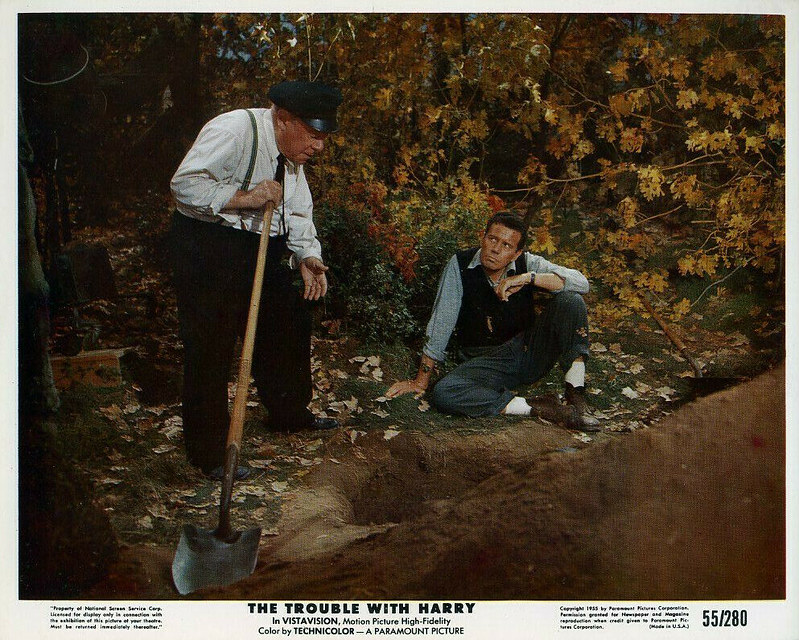I knew a film elitist once who practically bathed in the “Technicolor” hues of Any Given Sunday— a relatively forgettable football drama which he praised simply because of its color. There was just one problem. There is no Technicolor— not as I traditionally mean it– the three-strip system or I.B. process. “Technicolor” is nothing more than a corporate name these days. Everything at that time (1999) was processed on an Eastman-base stock or occasional foreign film like Agfa or Fuji. The last true Technicolor prints were made in 1974, and the lab equipment was dismantled and sold (inexplicably) to China. I don’t know for certain, but I even question the claims that those contemporary reissues on Rear Window running at revival theatres were processed in China on the Real Deal. Yeah, we won’t talk to you about arms control or possible nuclear war, but feel free to drop off your negatives here, America; we’re the Walgreens of the Orient.
How do you recognize Technicolor stock from other color footage? I always mention the “thicker” emulsion due to the “layered” matrix of cyan, magenta and yellow. And the “jet black” soundtrack. The dead give-away is the edging on the sprocket side of the celluloid. There is no product identification— or stock or code numbers or letters. It’s clear, transparent celluloid all the way, unlike Eastman or Kodak, which labels their stuff every eight inches or so. Other than that, you just know it from the vivid, vibrant hues and tones.
I know darn well the previous Hitchcock revamps on Vertigo were Eastmans. But color stocks have improved so markedly over the decades, the reproduced hues are incredibly close– although the green isn’t quite there. In a related matter, I remember recently sitting through The Trouble With Harry and being bowled over by the photography. The movie is hardly great Hitchcock or even typical Hitchcock, but it is an entertaining, light-weight comedy, with a few deft touches. The real star is the spectacular autumnal beauty of rural Vermont as captured in the multicolored natural tones of I.B. And since Harry was shot in the greatest wide-screen process of all, VistaVision, the crisp image literally jumps out of relief of the backgrounds, even in a TV print. Just gorgeous!
Common sense tells me where the sound-stage “exteriors” occur in Harry, mainly for controlled lengthy dialogue scenes, but the “match” was utterly perfect, with artificial sunlight, slightly blowing leaves and a tinge of golden “relief” soaking the images. A real mind-blower! Highly recommended! I wish I could’ve run a 35mm print of it when I operated the LaSalle Bank Theatre in Chicago, but it was only at the very end that the bank was willing to pony up a few hundred to convert the auditorium to 35.
Until that happened, I was always on the look-out for the alternative– a 16mm Scope lens– like a gorgeous 2″ f 1.4 “variable” focus job– none of that fixed focus stuff– for a Bell & Howell projector set-up (which I didn’t have). This item screws right into the barrel of your standard lens. And, of course, we would have needed a new screen unless you like watching 50% of your picture on the side curtains. (What I would have done for a proper screen was another problem!) A “booster” on the lamp would have also been needed since the addition of a Scope lens severely cuts down on the standard illumination. The only two lenses I really needed were either an inch-and-a-half (the two-inch is standard on Bell & Howells) for a larger image at half the throw– and the CinemaScope barrel in case I got energetic.
The fact that my non-Bell & Howell booth equipment utilized a 50mm (diameter) lens meant a Scope lens could have been adapted. With an “arc” projector, the light source could be “stepped up” to boost the beam. But I didn’t have anything to screen to test that scenario. I knew someone who had two Scope prints in his collection– The Hustler and a superb Western called Monte Walsh— but we never had a chance to test it.
~MCH
